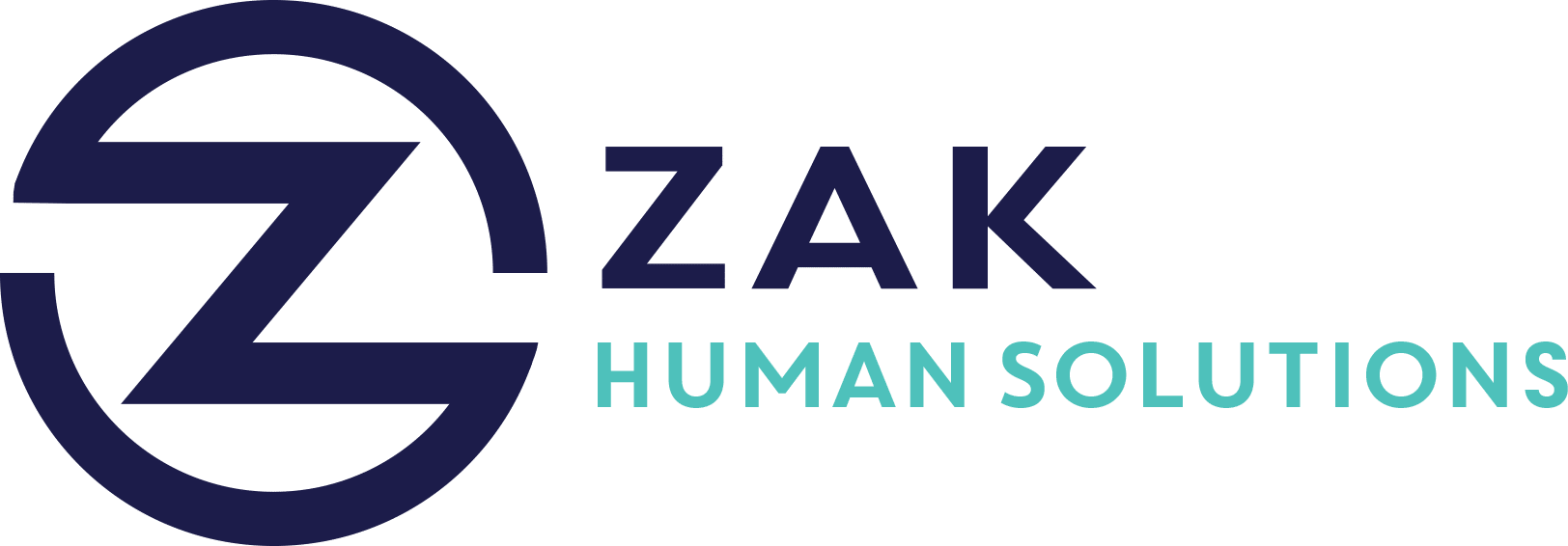Key Takeaways
- 🔄 Workplace power dynamics are cyclical, often shifting between employers and employees.
- 📉 When employers misuse their regained power, they risk higher turnover and potential reputational damage.
- ⚠️ Leaders must be cautious, as overplaying their hand can lead to long-term performance declines.
- 🏆 Recent years saw employees holding leverage due to tight labor markets and demands for flexibility.
- 📊 Organizations have responded to employee leverage with better compensation and work conditions.
In the ever-evolving landscape of workplace dynamics, power ebbs and flows between employers and employees. Understanding this cyclical nature is crucial for leaders who aim to foster a sustainable and thriving environment. As the balance tilts once again towards employers, there are pitfalls and opportunities to consider, ensuring long-term organizational success.
Understanding the Cycle of Workplace Power
The Cyclical Nature
Workplace power dynamics have always been fluid, often influenced by broader economic and social trends. In recent years, the pendulum swung towards employees, driven by factors such as low unemployment and a heightened emphasis on work-life balance. This shift forced employers to re-evaluate their practices and offer more appealing terms to attract and retain talent.
The Employer’s Regained Power
Risks of Misuse
When power tips back toward employers, there is a risk of overconfidence that can lead to detrimental outcomes. Overplaying power can result in increased employee turnover and potential damage to the company’s reputation. The challenge lies in wielding this power thoughtfully and responsibly.
- High Turnover Risks: Mismanagement and autocratic decisions could push employees to seek opportunities elsewhere.
- Reputational Damage: A company’s image can suffer if perceived as lacking empathy or fairness, adversely affecting its brand and market standing.
- Performance Declines: A dissatisfied workforce often correlates with reduced productivity and poorer outcomes.
Strategies for Avoiding Pitfalls
Balanced Leadership Approach
To mitigate risks, leaders should adopt a balanced approach by:
- Encouraging Open Communication: Foster a culture where employees feel heard and valued.
- Maintaining Competitive Packages: Even with regained power, ensure that compensation and benefits remain competitive.
- Promoting Flexibility: Acknowledge the importance of work-life balance as a non-negotiable expectation among modern employees.
The Importance of Flexibility in Power Dynamics
Responding to Employee Leverage
Flexibility has emerged as a key area where companies can differentiate themselves. By understanding and addressing the demands for flexibility, organizations can maintain an edge in talent acquisition and retention.
- Flexible Work Arrangements: Offering remote work or flexible hours can enhance employee satisfaction and productivity.
- Adaptive Policies: Regularly reviewing and updating workplace policies to reflect current labor market conditions.
The shifting power dynamics in the workplace present both challenges and opportunities. By acknowledging the cyclical nature and understanding the associated risks, employers can navigate this landscape effectively. Leaders who adopt a balanced, empathetic approach will not only avoid the pitfalls of regained power but also cultivate a thriving, resilient organization.




